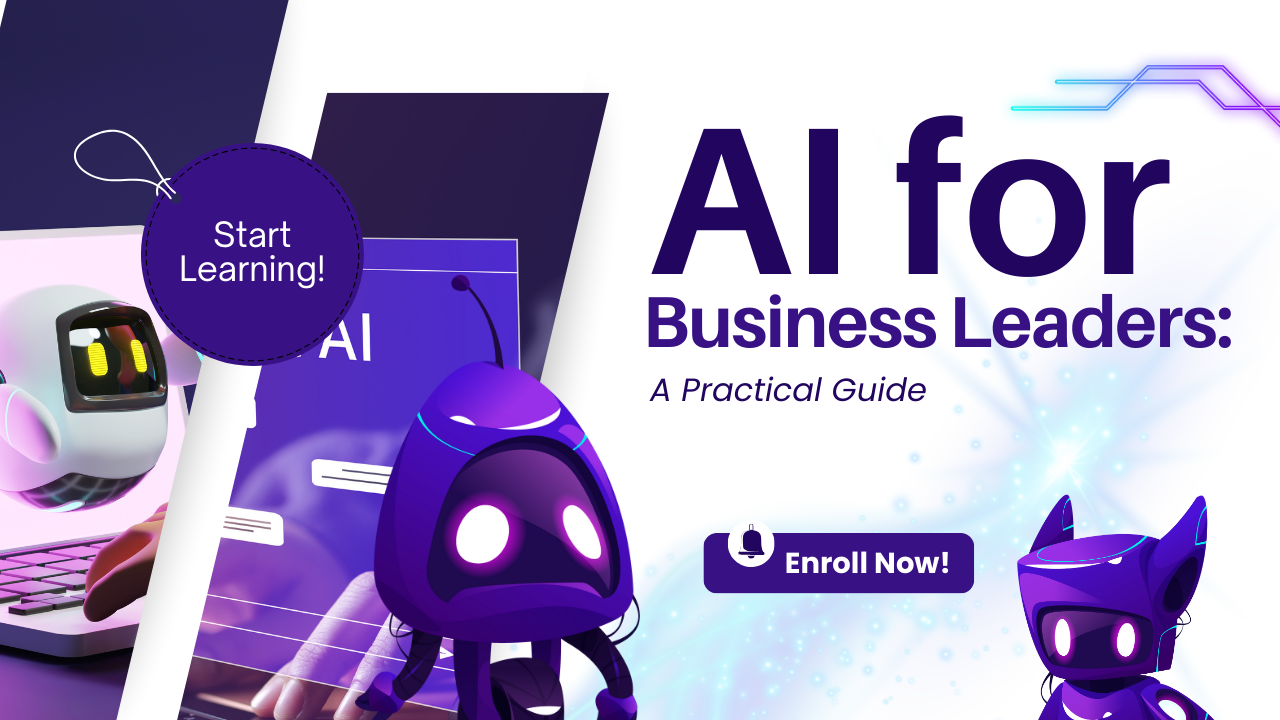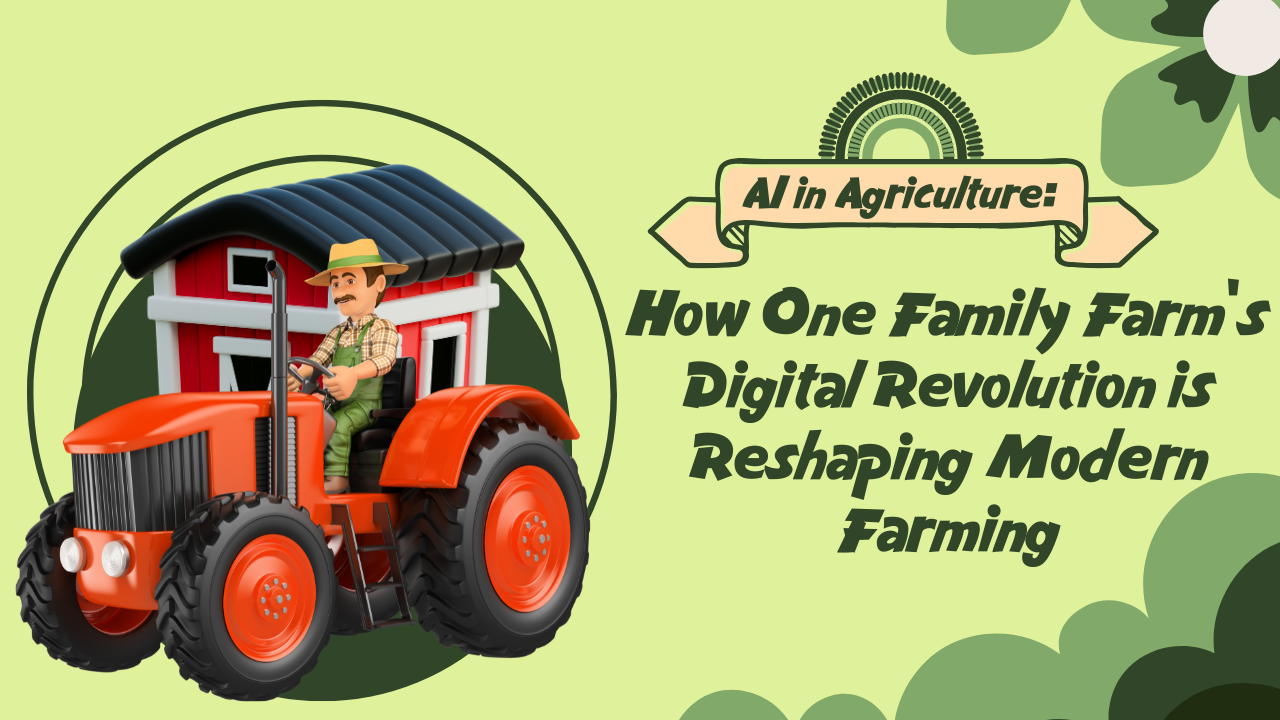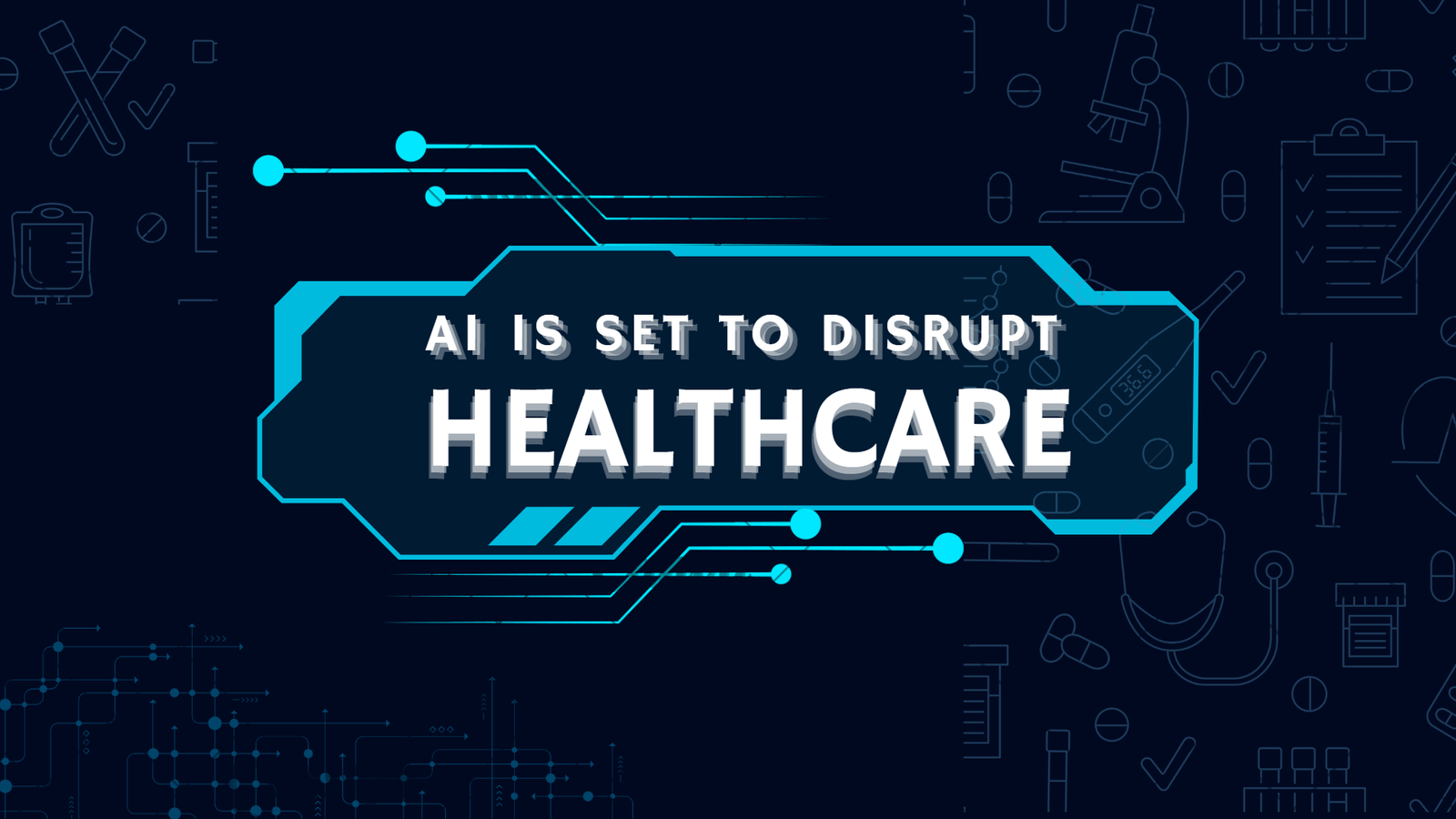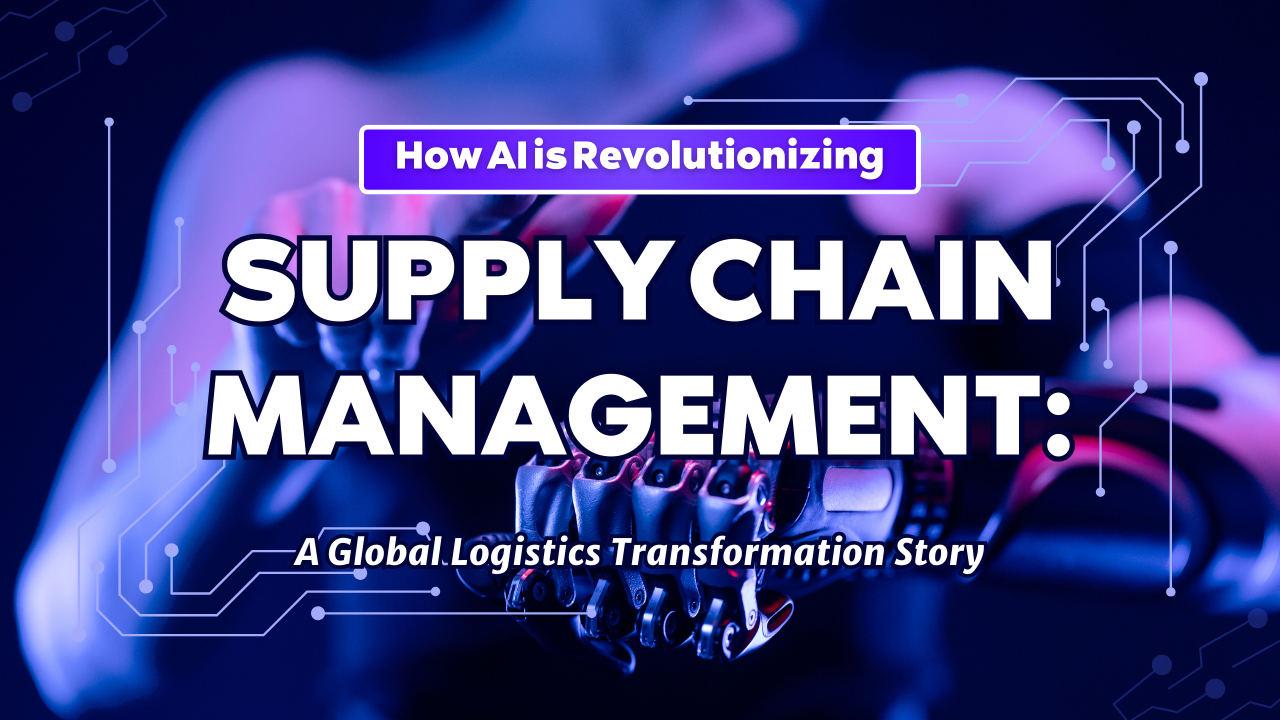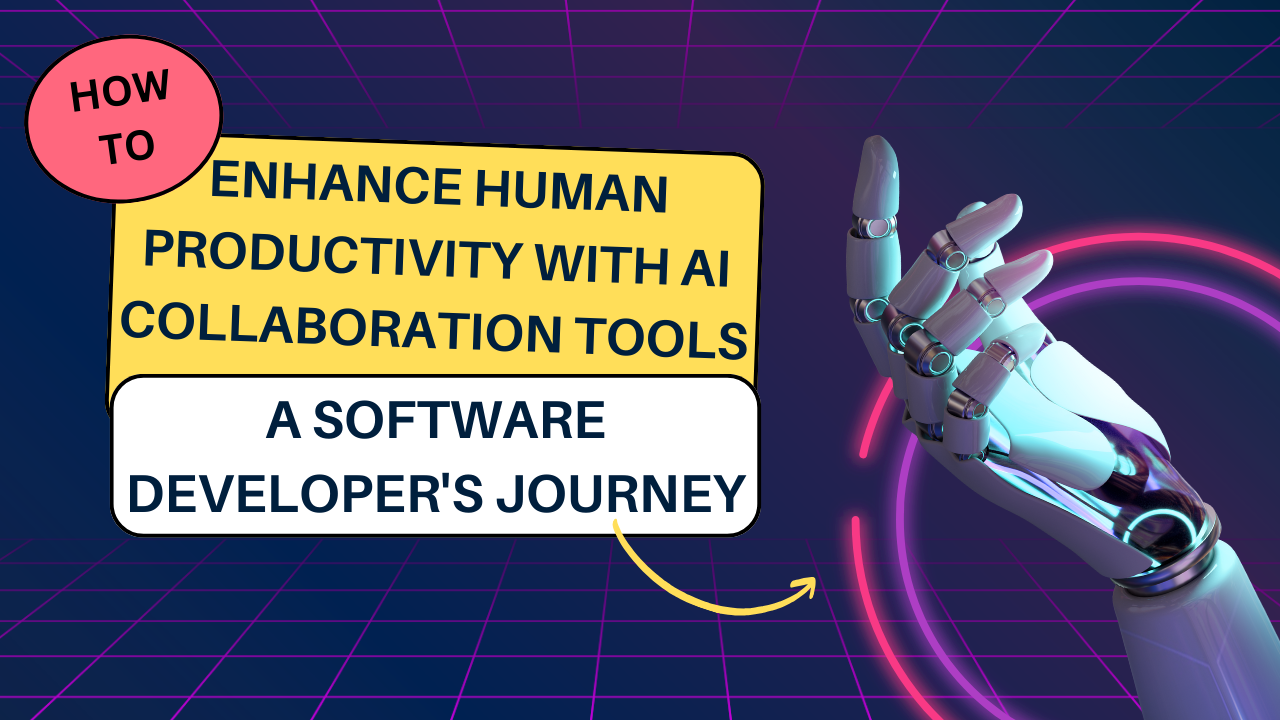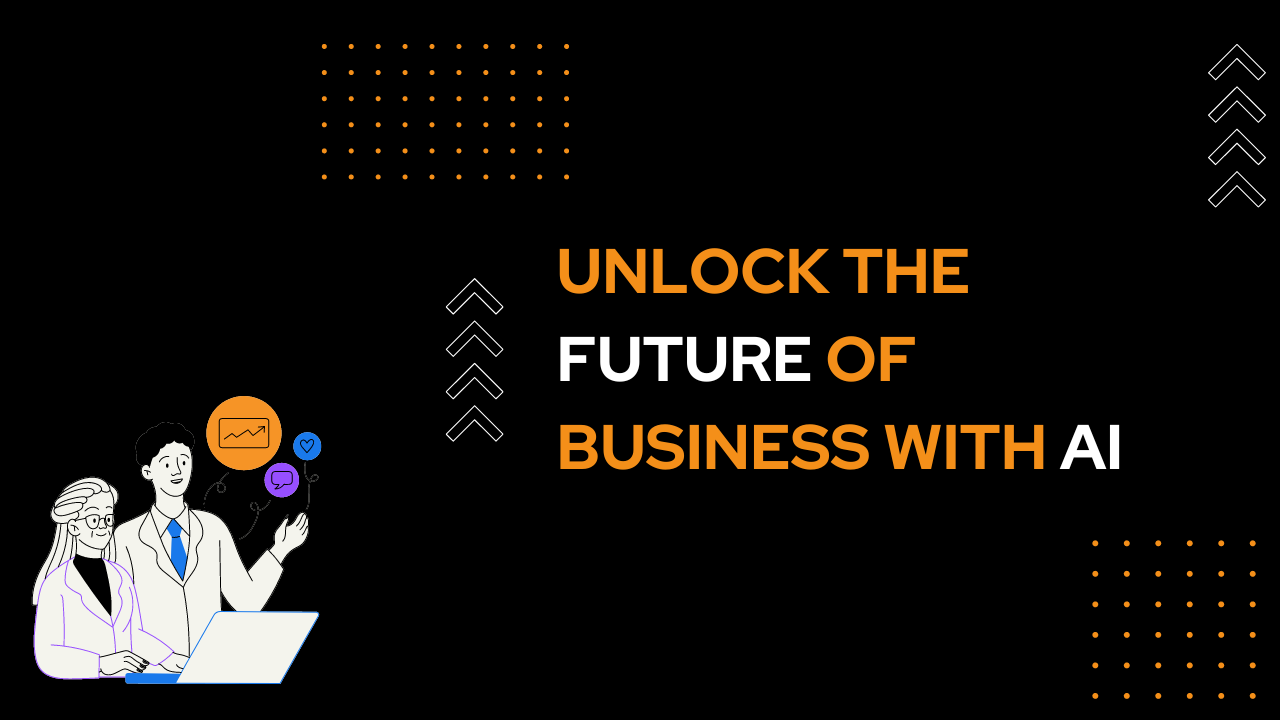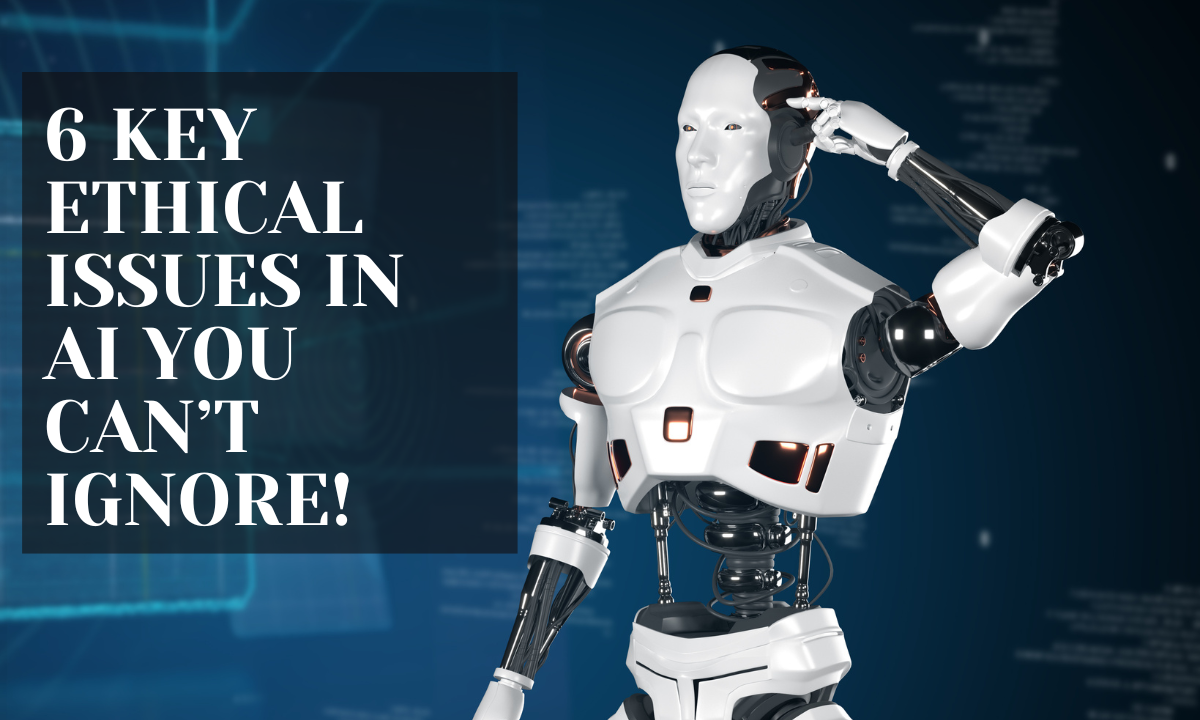Maahi stared at her computer screen, anxiety growing with each passing minute. As the newly appointed Global Communications Director for GreenTech Solutions, she faced a daunting challenge: coordinating the launch of their revolutionary solar panel technology across 15 different countries—each with its own language, culture, and market expectations. The board meeting was tomorrow, and she needed to present a cohesive strategy that would ensure their message remained consistent yet culturally appropriate across all regions.
“There has to be a better way than hiring 15 different translation agencies,” she muttered to herself, calculating the astronomical costs and timeline such an approach would require.
As if on cue, her phone buzzed with a message from her colleague in Tokyo: “Try this AI translation tool I’ve been using. It’s revolutionizing how we communicate with our international partners.”
Little did Maahi know, this suggestion would not only solve her immediate problem but transform how GreenTech approached global communication entirely. Her journey through the world of AI-powered translation would become a microcosm of the larger revolution happening in global business communication—a revolution that was silently removing barriers between cultures and opening unprecedented opportunities for connection.

The Evolution of Translation Technology
Before diving into the AI solution, Maahi researched the history of translation technology to better understand what made modern solutions so revolutionary. She discovered that the journey from basic dictionary-based programs to today’s sophisticated neural machine translation systems reflected humanity’s persistent desire to overcome language barriers.
The earliest translation tools were simple rule-based systems that relied on dictionaries and grammatical rules. These produced notoriously clunky translations that often became the butt of jokes rather than useful communication tools. The sentence “The spirit is willing but the flesh is weak” famously became “The vodka is good but the meat is rotten” when passed through early translation systems.
Next came statistical machine translation (SMT), which analyzed millions of already-translated texts to make educated guesses about how to translate new content. While better, these systems still struggled with nuance and context.
The real breakthrough came with the advent of deep learning and natural language processing (NLP) technologies. These newer systems didn’t just translate words; they understood context, detected sentiment, and preserved the original meaning across languages. For Maahi, this evolution represented exactly what she needed—a tool that wouldn’t just translate GreenTech’s words but would preserve their vision and values across cultural boundaries.

The AI Translation Landscape Today
Maahi began exploring the current market of AI translation tools. She quickly discovered a rich ecosystem of solutions, each with unique strengths:
- Google Translate had evolved from its sometimes-comical early days to become a sophisticated tool using Google’s Neural Machine Translation system, handling over 100 languages with impressive accuracy.
- DeepL had gained a reputation for producing exceptionally natural-sounding translations, particularly for European languages, by focusing on context and nuance.
- Microsoft Translator offered strong integration with business tools and real-time translation features that could be embedded into meetings and conferences.
- SYSTRAN provided enterprise-level solutions with industry-specific terminology management—particularly useful for technical fields like GreenTech’s.
- Baidu Translate offered unparalleled performance for Chinese and Asian language pairs.
Beyond these established players, Maahi discovered a thriving ecosystem of specialized tools:
- Real-time translation earbuds like Google’s Pixel Buds and Timekettle’s WT2 Plus that could translate conversations on the fly
- Video translation tools that could dub or subtitle content automatically
- Document translation platforms that preserved formatting while translating content
- API-based solutions that could be integrated into existing business systems
As Maahi mapped out these options, she realized that the AI translation market wasn’t just growing—it was transforming how global business operated at a fundamental level.
From Exploration to Implementation: GreenTech’s AI Translation Journey
Armed with her research, Maahi decided to pilot several AI translation solutions to find the right fit for GreenTech’s needs. She identified three key areas where translation technology could transform their global launch:
- Marketing materials and website content
- Technical documentation for installation crews
- Real-time communication between international teams
For marketing materials, Maahi selected DeepL for its natural-sounding translations that preserved the emotional resonance of GreenTech’s messaging. The company’s tagline, “Powering Tomorrow’s World Today,” carried subtle connotations that needed to be preserved rather than literally translated.
For technical documentation, Maahi chose SYSTRAN with a custom terminology database specific to solar technology. When translating instructions for connecting GreenTech’s proprietary “SolarSync” system to local power grids, precision was non-negotiable—a mistranslation could lead to equipment damage or safety hazards.
For team communication, Maahi implemented Microsoft Translator integrated with the company’s existing Teams platform. This allowed instant translation of messages and even real-time translation of video calls, enabling engineers in Germany to collaborate seamlessly with marketing teams in Brazil.
Within weeks, the results were clear. Translation costs had dropped by 67%, time-to-market for new regions had been cut in half, and—most importantly—the consistency of GreenTech’s message across markets had improved dramatically.
The Technological Magic Behind the Scenes
To truly appreciate the transformation happening at GreenTech, Maahi needed to understand what made modern AI translation so powerful. She arranged a meeting with Dr. Elena Patel, an AI researcher who specialized in language technologies.
“The key breakthrough,” Dr. Patel explained, “came with the development of transformer models and attention mechanisms in neural networks. These allow the system to consider the entire context of a sentence rather than translating word by word.”
Dr. Patel walked Maahi through the evolution from the groundbreaking BERT (Bidirectional Encoder Representations from Transformers) to more advanced models like GPT (Generative Pre-trained Transformer) and specialized translation models like mBART (Multilingual BART).
“These systems are trained on massive multilingual datasets,” Dr. Patel continued. “They learn patterns across languages that humans might not even consciously recognize. When we feed them industry-specific content, they become even more accurate for your particular needs.”
Maahi was particularly interested in how these systems handled the cultural nuances of GreenTech’s environmentally conscious messaging. Dr. Patel explained that modern systems were increasingly capable of cultural adaptation, not just linguistic translation.
“A good example is how these systems handle idioms,” Dr. Patel said. “If your marketing talks about your solar panels being ‘a breath of fresh air’ in the industry, the system understands that’s a figurative expression and finds an equivalent in the target language rather than translating it literally.”
This insight helped Maahi understand why their AI-translated Brazilian Portuguese marketing materials had resonated so well with test audiences—the system wasn’t just translating words; it was conveying GreenTech’s ethos in a culturally relevant way.

Breaking Down Barriers: Real-World Applications at GreenTech
As the global launch date approached, Maahi saw increasingly creative applications of AI translation technology emerging throughout GreenTech:
1. Customer Support Transformation
GreenTech’s customer support team implemented a chatbot powered by natural language understanding (NLU) that could communicate with customers in their native language. The system could understand technical questions about solar panel installation or energy production calculations in Spanish, respond appropriately in Spanish, and escalate to a human agent when necessary—all while maintaining context.
This allowed GreenTech to provide 24/7 support across all markets without having to staff multilingual support teams around the clock. Customer satisfaction scores increased by 28% in non-English markets after implementation.
2. Field Service Enablement
GreenTech’s installation teams began using augmented reality glasses with built-in translation capabilities. When an American installer in Mexico encountered an unexpected issue, they could connect with a specialist in Germany. The AR system translated both spoken instructions and overlaid visual guidance, allowing technical problems to be solved across language barriers.
This capability reduced installation delays by 40% and virtually eliminated errors caused by miscommunication.
3. Multilingual Content Creation
Perhaps most impressively, GreenTech’s marketing team implemented a content creation workflow that used AI not just for translation but for culturally-adapted content generation. They could write a blog post in English about the benefits of solar energy, and the AI would not just translate it but adapt examples, cultural references, and even tone to match local markets.
For instance, when discussing energy savings in Northern European markets, the system would automatically reference winter heating costs, while the same article in Southeast Asian markets would focus on air conditioning efficiency during hot seasons.
The Human Element: Collaboration Between AI and Human Translators
As GreenTech’s reliance on AI translation grew, Maahi noticed an interesting development: rather than replacing human translators, their role was evolving. The company still employed translation professionals, but their work had shifted from routine translation to higher-value tasks:
- Post-editing AI translations for marketing materials where nuance was crucial
- Cultural consultation on market-specific messaging
- Training and fine-tuning the AI systems with feedback and corrections
- Quality assurance for critical communications
This human-AI collaboration created a virtuous cycle: the AI handled the bulk of translation work, freeing human translators to focus on improving the system and addressing complex cultural elements. The AI, in turn, learned from these human inputs, continually improving its performance.
Maahi implemented a feedback loop system where local teams could flag translation issues, which were then reviewed by professional translators and fed back into the AI’s training data. This approach led to measurable improvements in translation quality every quarter.
“We’re not replacing human expertise,” Maahi explained to the board. “We’re amplifying it. One translator can now effectively support communications across multiple markets by focusing on where human insight adds the most value.”
Measuring Success: The Impact on GreenTech’s Global Growth
Six months after implementing their AI translation strategy, Maahi presented the results to GreenTech’s board:
- Time-to-market for new regions had decreased by 62%
- Localization costs had been reduced by 71%
- Customer engagement in non-English markets had increased by 45%
- Internal communication efficiency across international teams had improved by 53%
- Sales conversion rates in new markets were 32% higher than projected
Beyond these metrics, Maahi highlighted qualitative improvements: more consistent brand voice across markets, better knowledge sharing between regional teams, and increased inclusivity in company communications.
The board was particularly impressed by a case study from GreenTech’s Japan launch. Using AI translation, the team had identified that their standard emphasis on “energy independence” didn’t resonate with Japanese consumers, who were more motivated by energy security and disaster resilience. This insight allowed them to adapt their messaging, resulting in Japan becoming their most successful market launch to date.
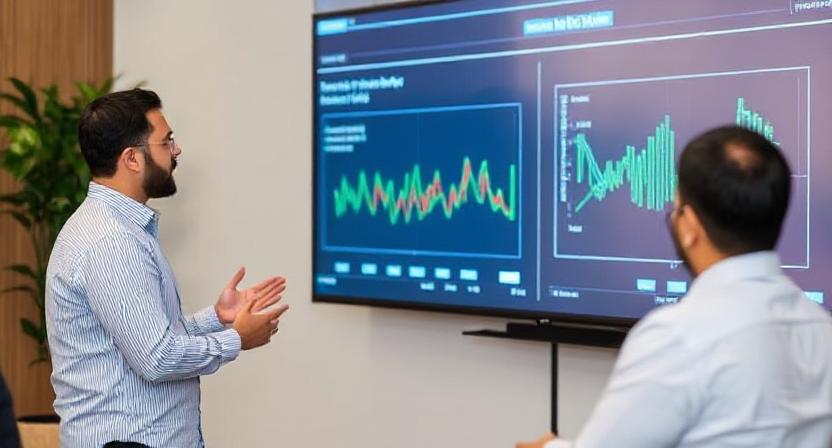
The Future of AI Translation: What’s Next for GreenTech
As GreenTech’s global presence continued to expand, Maahi looked toward the future of AI translation technology and its potential applications:
1. Multimodal Translation
Emerging multimodal AI models could translate not just text and speech but also gestures, images, and cultural contexts. This would allow for even more natural cross-cultural communication, particularly in video conferences and virtual meetings.
2. Emotion and Tone Preservation
Advanced sentiment analysis capabilities would ensure that emotional nuances—crucial for building trust and relationships—were preserved across languages. This would be particularly valuable for GreenTech’s community engagement efforts around new solar installations.
3. Real-time Translation for Field Operations
As edge AI capabilities improved, GreenTech could implement more powerful translation tools directly on field devices, allowing translation even in areas with limited connectivity—crucial for installations in remote areas.
4. Personalized Language Learning
AI translation tools were beginning to incorporate features that helped users learn languages while using translation, potentially helping GreenTech employees develop language skills through their daily work.
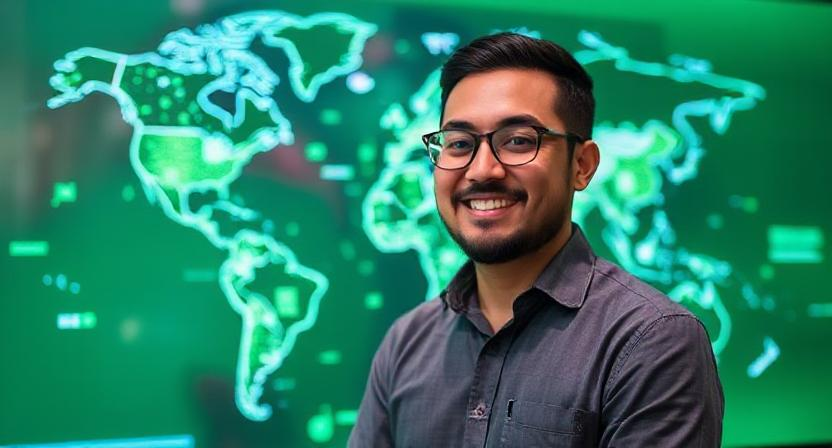
Lessons Learned: Maahi’s Advice for AI Translation Implementation
As Maahi’s AI translation initiative became a case study in successful digital transformation, she often shared key lessons with other businesses considering similar paths:
- Start with high-value use cases: Begin by implementing AI translation where it can have the most immediate impact—typically customer-facing content and technical documentation.
- Build feedback loops: Create systems where end-users can flag translation issues, ensuring continuous improvement.
- Combine AI with human expertise: Position human translators as strategic partners who guide the AI rather than competitors being replaced by it.
- Customize for industry terminology: Invest in training translation systems with industry-specific terminology and company vocabulary.
- Consider cultural adaptation, not just translation: The goal isn’t just linguistic accuracy but cultural relevance.
- Measure outcomes beyond cost savings: Track improvements in market penetration, customer satisfaction, and team collaboration.
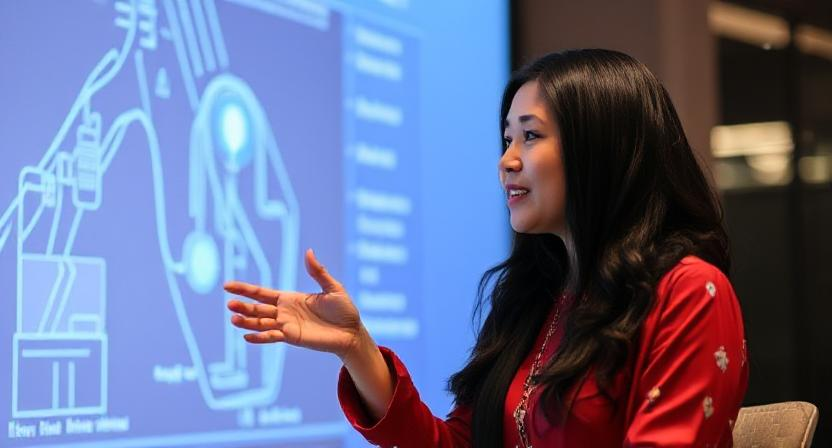
The Bigger Picture: AI Translation and Global Connection
As Maahi reflected on GreenTech’s transformation, she recognized that their story was part of a larger narrative about how AI translation was reshaping global communication and breaking down barriers between cultures.
“What we’re witnessing goes beyond business efficiency,” she noted in her keynote at a sustainable technology conference. “When we can truly understand each other across language barriers, we can collaborate on solving the biggest challenges facing humanity—including the climate crisis our solar technology addresses.”
The audience nodded in recognition. A Japanese engineer asked a question in her native language, which was instantly translated for Maahi. She responded in English, her words appearing as Japanese subtitles on the screens. The exchange happened so smoothly that the technology behind it was almost invisible—which, Maahi realized, was perhaps the most remarkable achievement of all.
As the conference ended, Maahi received a message from a potential partner in Kenya. Their revolutionary approach to microgrids could complement GreenTech’s solar technology perfectly. Before AI translation, such a partnership might have been hampered by language barriers and cultural misunderstandings. Now, it was just the beginning of another conversation—one that could potentially bring clean energy to thousands of people.
In that moment, Maahi understood that the true power of AI translation wasn’t just in converting words from one language to another—it was in creating connections that would otherwise be impossible, enabling collaboration that could change the world.
For GreenTech Solutions and for businesses everywhere, the ability to communicate across languages wasn’t just a competitive advantage—it was opening doors to a more connected global future.

